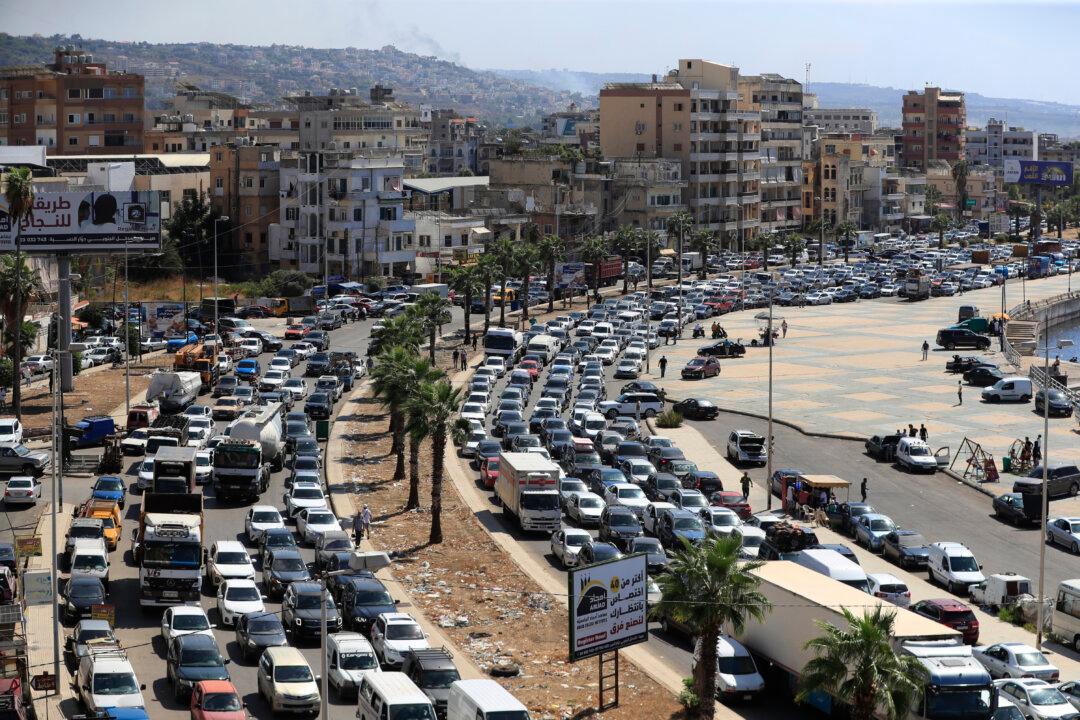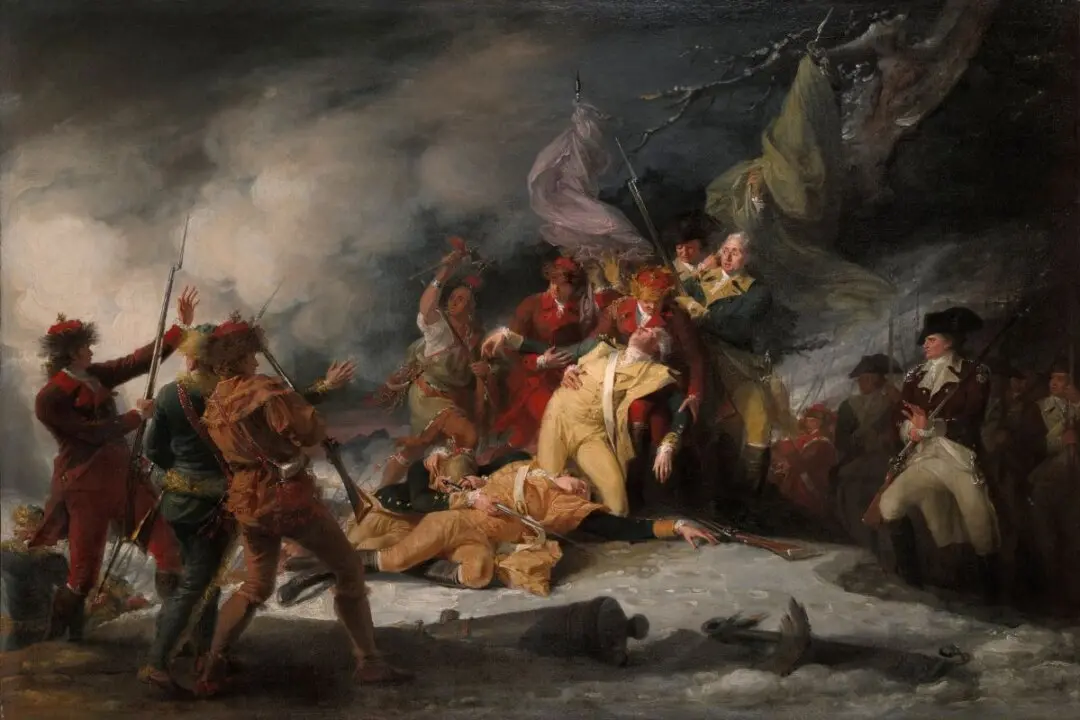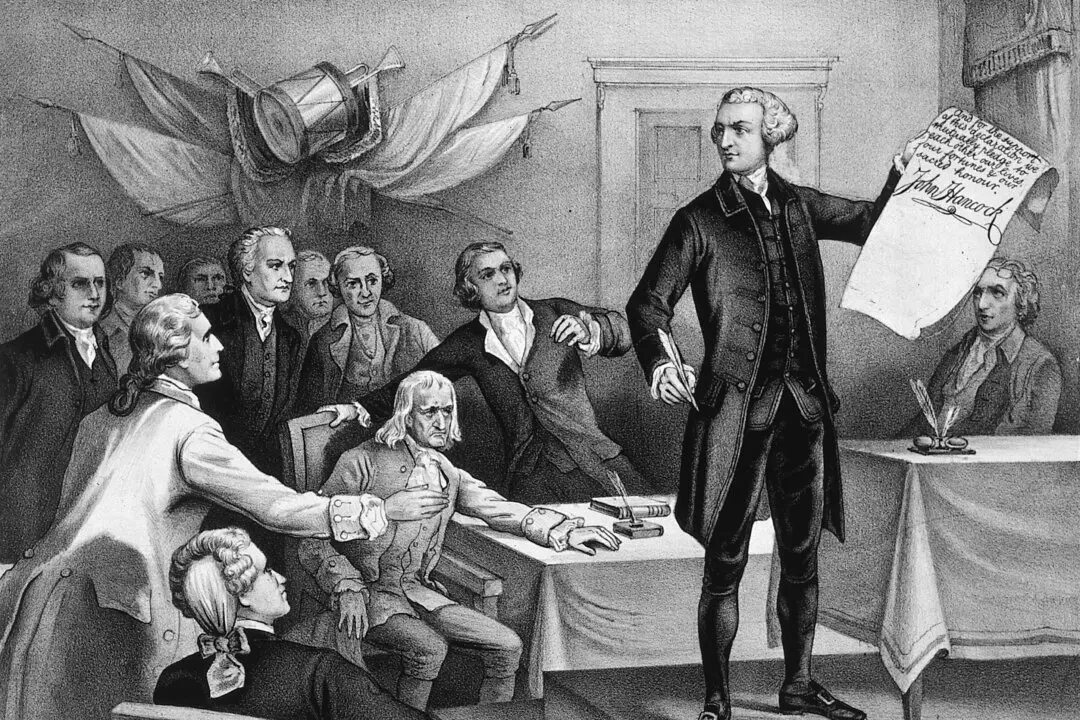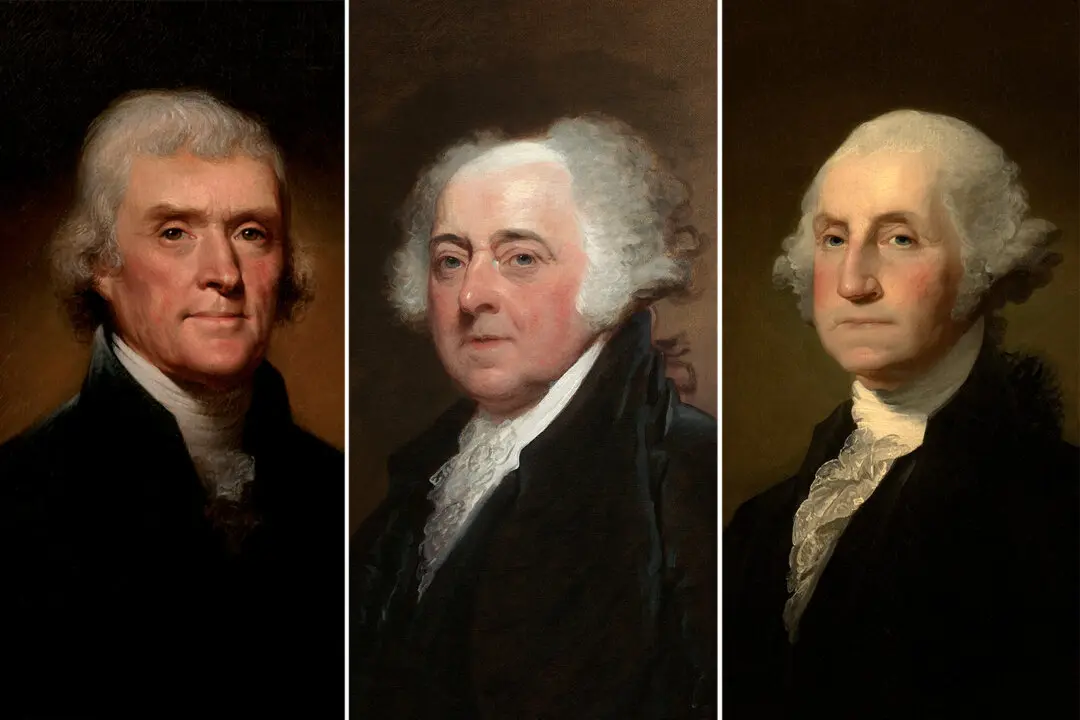Commentary
Situated in the hills above Sidon, Lebanon, my family’s home offered a spectacular view of the surrounding hills and valleys. It was July 14, 1981, and having been forced to remain indoors earlier that day because of recent events, we were now outside enjoying the warm afternoon—eating grapes and drinking either juice or Pepsi.





